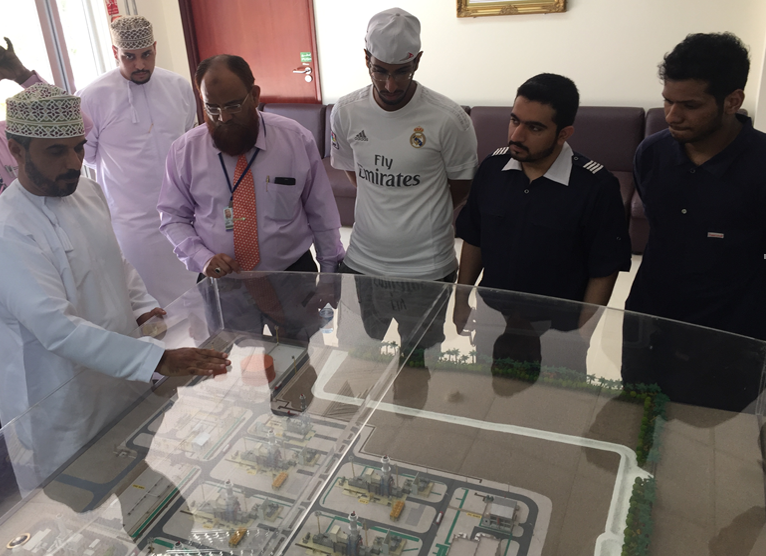The Company is the largest operating power plant in the Dhofar Power System (DPS), with an installed power capacity of 718 MW which represents approximately 61.74% of the power capacity demand in the DPS as per OPWP’s 7-year statement (2017-2023). The peak demand of the DPS is expected to grow from 505MW in 2017 to 735MW in 2023. Given the power generation capacity of the DPS other than the Plant is only 445MW, which is below the projected peak demand, the operation of the Plant is crucial for meeting the electricity demand in the Dhofar region.
The Company is also the only power producer in DPS that has an OCGT (Open Cycle Gas Turbine) plant connected to the system. OCGT plants are crucial to meet short term peak demands, as the plant is able to start-up and shut down very fast and at a much more economical and efficient manner compared to CCGT (Combined Cycle Gas Turbine) plants.
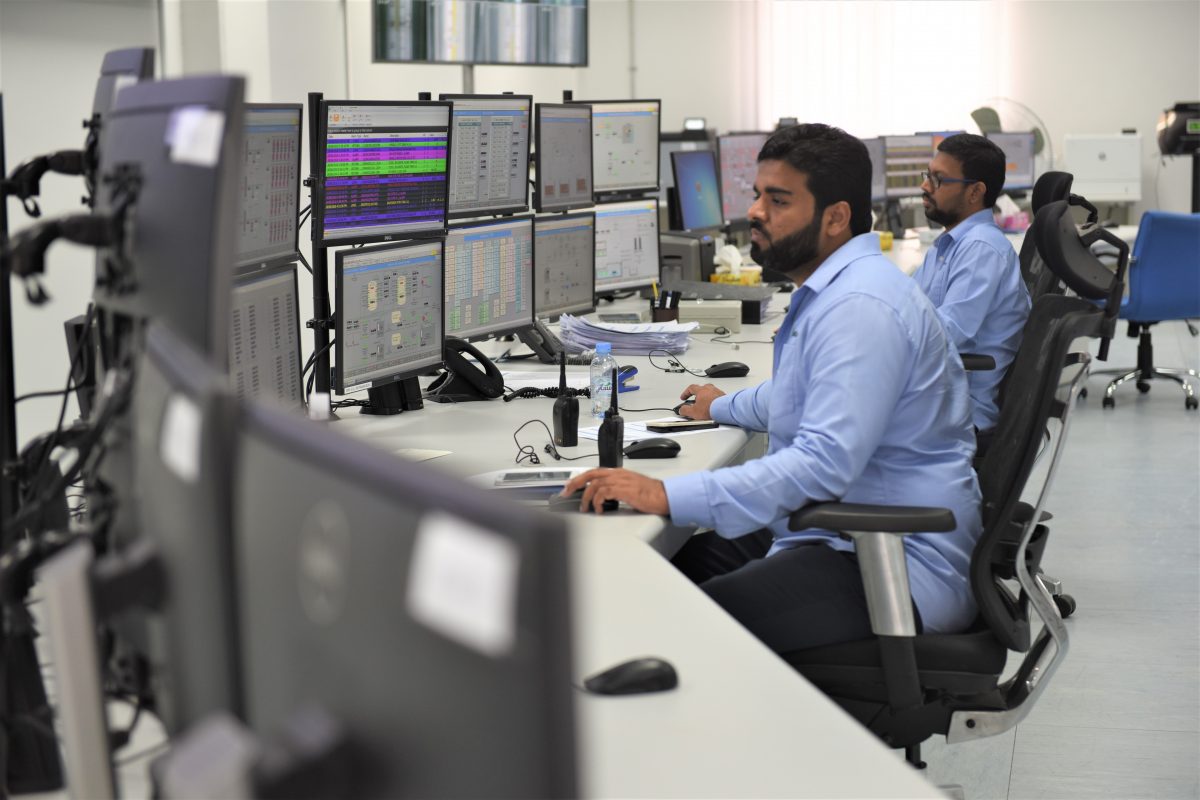
Under the PPA, the Company receives the Power Capacity Charges from OPWP for the demonstrated power capacity of the Plant as set by the initial acceptance test at COD and henceforth, the annual performance tests. These charges are designed to cover fixed costs, including fixed operating and maintenance costs, debt service, insurance costs, taxes, spare parts, connection fees and return on capital. The Power Capacity Charges, which comprise of 98% of total non-fuel revenues under the PPA, are payable by OPWP regardless of whether the actual output of the Plant is dispatched by OPWP, and regardless of whether the Company is instructed by OPWP to deliver electricity. This means that, subject to certain limited exceptions, OPWP is obliged to pay Power Capacity Charges to the Company for 100 percent of the guaranteed contracted power capacity of the Plant, irrespective of whether or not electricity is actually dispatched.
The Company has strong predictability of stable cash flows that are sheltered from volatility of demand for electricity, given that the Company is mainly paid on an availability basis. The term of the DGC PPA is currently the longest for any operating project in the market with the majority of the other agreements expiring 7-10 years earlier.
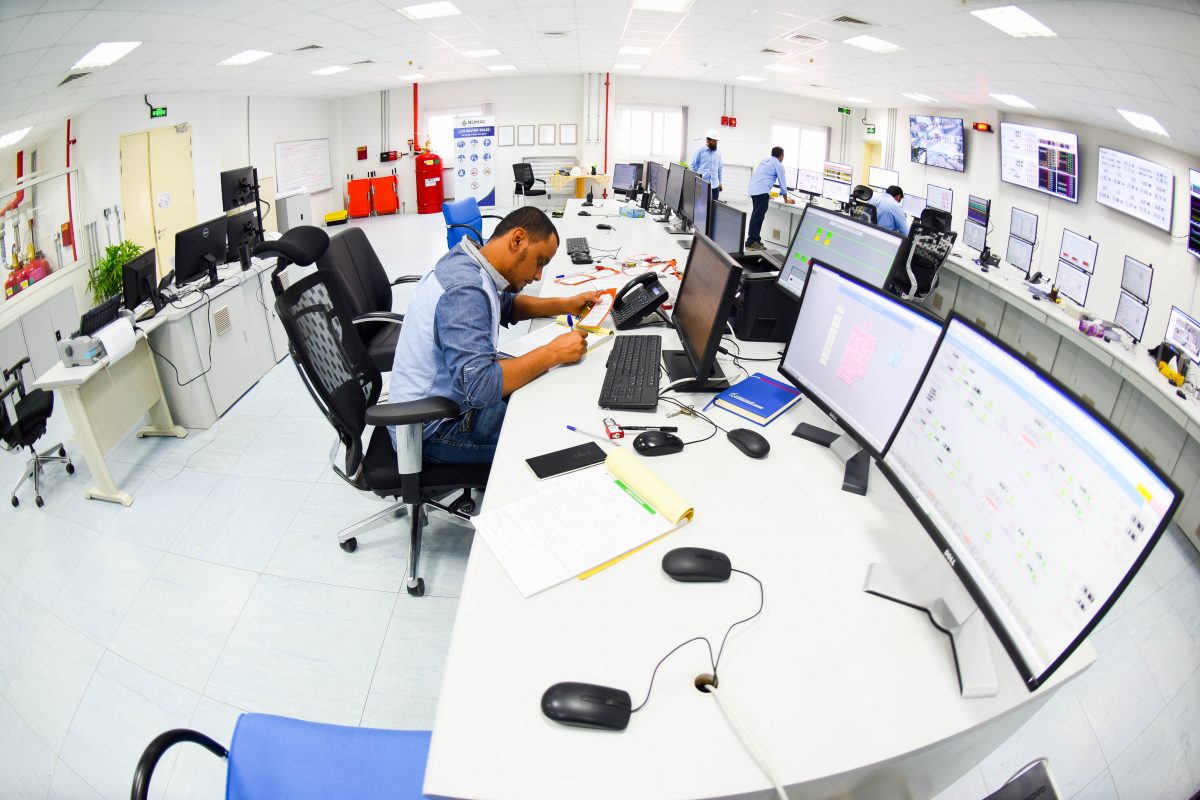
The Project represents one of the thirteen IPP/IWP/IWP projects in Oman developed over the course of 20 years. Oman is a pioneer of private power and water in the GCC and the proven contractual framework, enshrined in the Sector Law, is well established making Oman a preferred destination for IWP/IPP/IWPP developers. The procurement, ownership and contractual framework template adopted for the Project is similar to those adopted with the other IWPs, IPPs and IWPPs in Oman predating the Project.
Over the years, these projects in Oman have seen participation of many of the long term players active in the global power sector including leading developers, investors and financial institutions. This demonstrates the confidence of the industry in Oman’s power sector.

The new CCGT power plant combines a set of gas-fired turbines with a steam turbine to make better use of the fuel it consumes greatly improving overall efficiency. This results in high flexibility and availability and overall low life-cycle costs. It also leads to lower fuel consumption thereby resulting in lower operating costs.
The operation and maintenance is undertaken NOMAC Oman, a subsidiary of NOMAC. NOMAC currently has full operational responsibility for 19 major projects, regionally and worldwide, operating several IPPs within the Middle East region, and other successful ongoing projects in Turkey, South Africa, Bulgaria, Morocco and Oman. NOMAC is also privileged to be responsible for the O&M of some of the largest plants ever built in the world. This includes the 193MIGD Shuaibah IWPP, the largest MSF water desalination plant, and the 4GW Qurayyah IPP, the largest combined cycle IPP, both based in Saudi Arabia. Given its wide presence in the region, NOMAC has a deep pool of technical experts that can be deployed across various projects at short notice.
Experienced Founders with an established track record globally, in the GCC and in Oman
DGC has the backing of the Founders with a proven track record of implementing large and complex independent power plants globally and in the GCC.
Mitsui has several decades of IPP experience with a significant presence in the IPP space in most geographical regions, with a gross power generation capacity of 35 GW. Mitsui also has a long term presence in Oman’s oil and gas, and industrial sector through its participation in onshore oil and gas production, the Oman LNG project, and the Liwa Plastics Industries Complex.
ACWA Power’s portfolio across the GCC, MENA and South African region has 22+ GW of power and produce 2.7 million m3 /day of desalinated water under construction and operation. ACWA Power’s first project outside its home market of Saudi Arabia was the acquisition of the Barka 1 IWPP in the Muscat region, which it has successfully managed and operated since 2010. Under the leadership of ACWA Power, the Barka 1 IWPP developed, financed, constructed and is operating two sea water reverse osmosis desalination plants under the company.
The Plant is located a few kilometers outside of Salalah in Oman, in Raysut. The facility comprises the Original Plant which entered into commercial operation in 2003 and the New Plant which entered into full commercial operation on 1 January 2018.
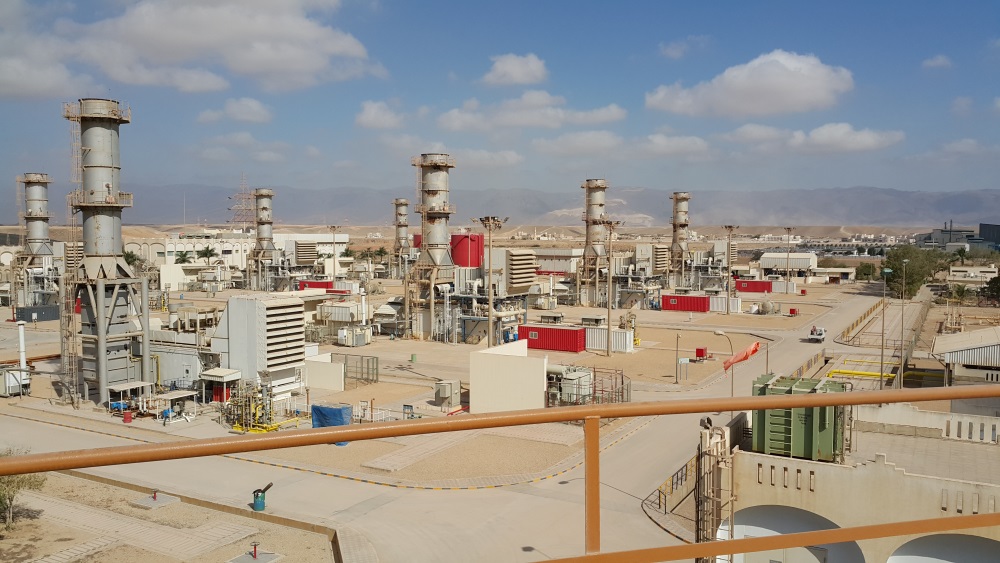 The Original Plant consists of eight 6B.03 open-cycle gas turbines (GT), namely:
The Original Plant consists of eight 6B.03 open-cycle gas turbines (GT), namely:
— 6 General Electric PG6581 B gas turbines,
— 1 General Electric LM2500 aero-derivative gas turbine,
— 1 General Electric PG6561 B gas turbine.
GTs 1 to 6 were commissioned in May 2003. Subsequently, GTs 7 and 8, which were in operation by the Ministry of Electricity & Water since 1995 and 1998 respectively, were taken over by the company and integrated with GTs 1 to 6 in 2007.
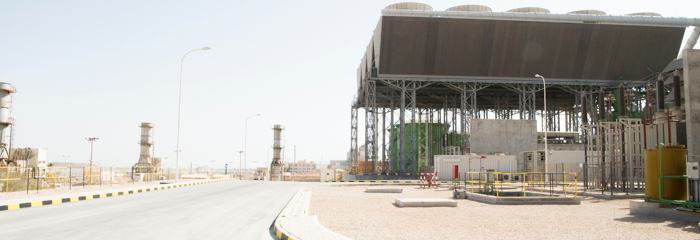
The New Plant consists of 2 blocks each block contains 2 Gas turbine, 2 HRSG and 1 Steam turbine with net capacity of 222.65 MW. This comprises of:
— 4 6FA.03 GTs,
— 4 triple pressure HRSGs and
— 2 M D(G) 50 steam turbine (ST).
The condenser is cooled via an air-cooling system. The gas turbines are fitted with bypass stacks to enable the operation in open cycle. Although capable of open cycle operation, the normal operating mode of the New Plant is in combined cycle (CCGT) for higher thermal efficiency. At site reference conditions of 35°C ambient temperature and 60% relative humidity, the New Plant has a net power capacity of 445.3 MW at COD.
With this technology, the energy for electricity generation is obtained from the combustion of natural gas. Hot combustion gases formed by the combustion of natural gas drive a gas turbine, which, in turn, rotates an alternator to produce electricity. After driving the GTs, the exhaust gases are still hot enough to produce steam in a HRSG. The steam generated in the heat recovery boiler drives a steam turbine, which rotates another alternator to produce additional electricity. The CCGT technology is well proven and more efficient than conventional power plant technology. The process is explained in more detail below:
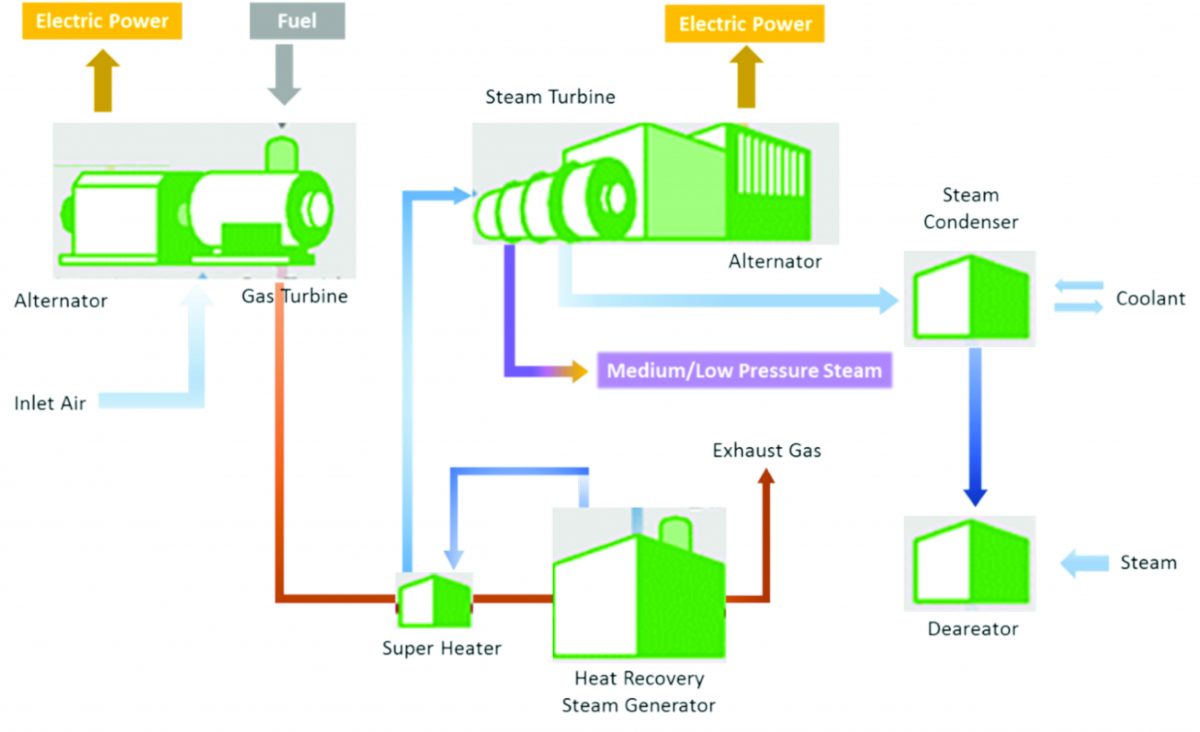 The Plant is connected to the gas transmission infrastructure owned by MOG and operated by OGC.
The Plant is connected to the gas transmission infrastructure owned by MOG and operated by OGC.
Six units of the Original Plant are connected to the Transmission System at 132 kV which is owned and operated by the OETC. The two other units of the Original Plant are directly evacuated at 33kV to the industrial units in Raysut and is also used for meeting the neighboring domestic loads. The Plant is designed for black start operation by means of black start diesel generators which are capable of starting the plant.
The auxiliary power for the Plant is derived from the Plant’s internal electrical system with back up from the grid. The equipment and facilities required for the operation, testing, maintenance and repair of the equipment (for example control room, laboratory, stores, workshop, etc.) are available on site.
Each gas turbine consists of an air compressor, a combustor, a turbine and an exhaust. Air is drawn in from the atmosphere and compressed before it is fed into the combustor. Gas fuel, which is drawn from gas pipelines, burns in the combustor in the presence of the compressed air from the compressor. The gases produced in the combustor, a mixture of high temperature and high pressure hot gases, drive the turbine. The rotational energy of the turbine rotates the alternator, which produces electricity. The voltage level is stepped up through a transformer before it is fed to the grid.
The 6FA .03 gas turbine concept builds on more than 40 years’ experience with heavy-duty gas turbines at General Electric. The model of 6FA.03 has been adopted from previous gas turbine models, including the following features:
This combustion system combines all the advantages of optimal combustion, including:
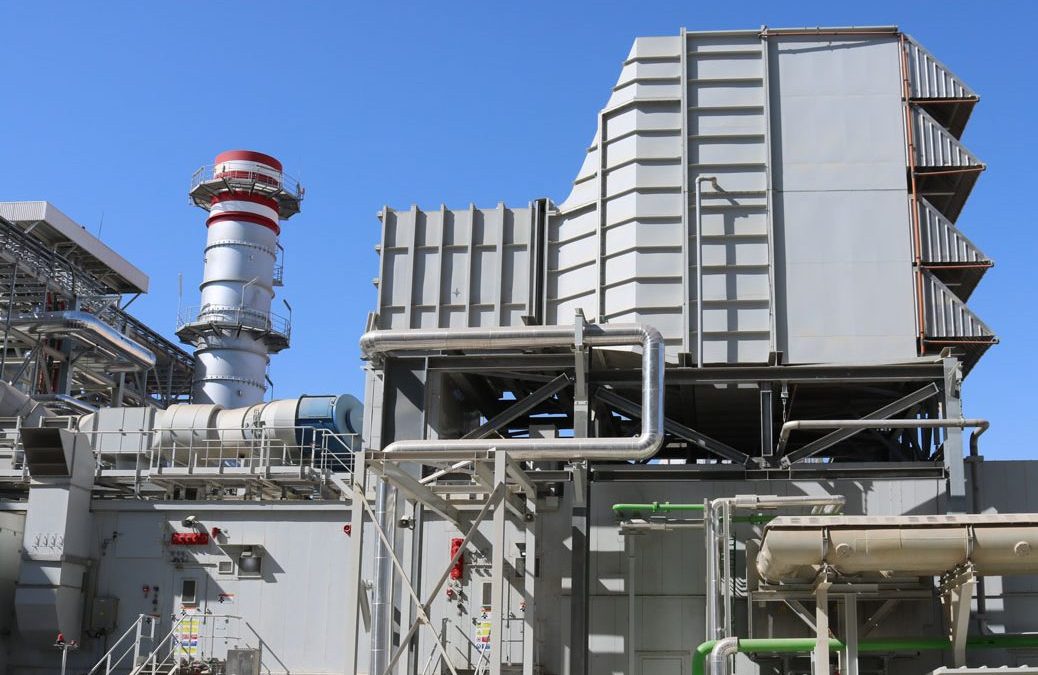
Hot exhaust gases from the individual gas turbines are directed into naturally circulated HRSGs, which generate steam at three pressure levels. The high pressure steam from each of the heat recovery steam generators is combined in a common header before passing to the steam turbine. The same configuration exists for the intermediate pressure and for the low pressure steam, allowing maximum operational flexibility.
A condensate pre-heater is integrated in the HRSG. This arrangement enables higher efficiencies of the combined cycle power plant, by using the exhaust gas energy to preheat the condensate before it passes to the feedwater pump and into the LP-system.
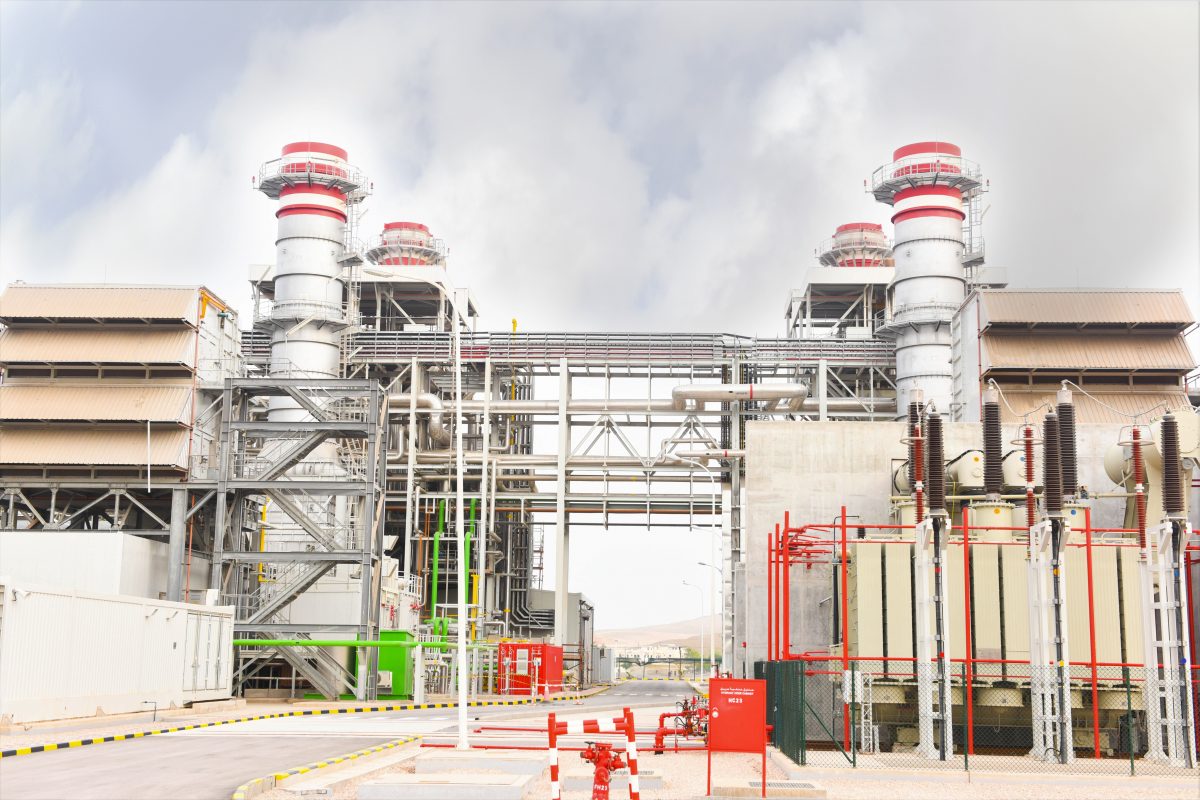
The steam generated in the heat recovery boilers is used to generate additional electricity through a steam turbine and a separate alternator. The steam turbine consists of a combined high/intermediate pressure and low pressure turbine. The steam turbine blades provide high efficiency due to an advanced blading technology.
The gas turbine and steam turbine generators are of two-pole type, with direct radial air cooling for the rotor winding and the stator winding. Cooling air is cooled by water cooled heat exchanger.
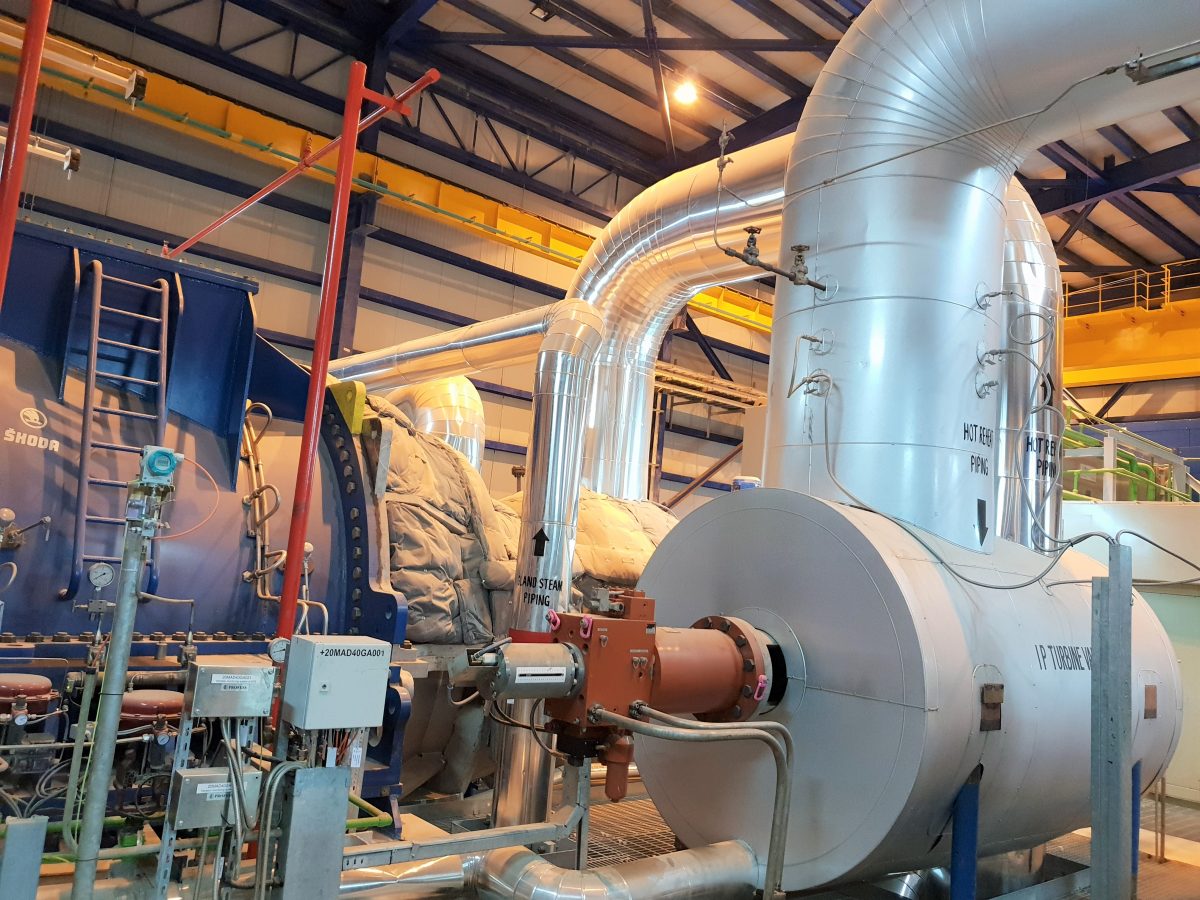
Capacity
Capacity of a Plant is defined as the total electrical power (MW), which can be delivered by the power plant under specific environmental conditions (site reference conditions). The contractual capacity of the Company under the PPA is c. 273 MW for the Original Plant and c. 445MW for the New Plant. The original net capacity of the New Plant at reference conditions in the original performance test was above 445 MW. This capacity is expected to decline over the period of PPA due to normal degradation of Plant but is expected to remain above c.440.41MW and meet contractual requirements under the PPA.
Availability
Availability is the amount of time the plant is technically capable of generating power as per specifications. As per the project agreements, the Plant shall be available for 100% of time in summer and 85% of the time in winter.
Plant Efficiency (Heat Rate)
The efficiency of the power plant is measured in terms of the amount of heat required to produce one unit of power. Demonstrated efficiency of in the original performance test of the New Plant was better than contractual requirements of 53.7%, equivalent to a heat rate of 6705 kJ/kWh, under the PPA, thus giving a higher assurance of securing revenues to the Company.
NOMAC Oman
The Operator has sub-contracted the entire scope of the O&M Agreement to NOMAC Oman. In addition to the Salalah II IPP, NOMAC Oman also operates and maintains the ACWA Power Barka IWPP, comprising of a 427MW CCGT power plant, a 20MIGD multistage flash desalination plant and two sea water reverse osmosis desalination plants of 10MIGD and 12.5MIGD capacity. The long term maintenance of the gas turbines is subcontracted by NOMAC Oman to GE.
NOMAC Oman will also operate the power plants currently under construction in Ibri and Sohar 3 IPPs, with a combined capacity of 3,219 MW, once the COD is achieved
NOMAC Oman is a subsidiary of NOMAC. NOMAC was founded in 2005 and firmly established in the GCC, North Africa and South, Middle Europe and East Europe regions, providing high quality operation and maintenance services for power production and water desalination projects, regionally and worldwide. NOMAC’s broad range of services includes, but is not limited to long term operation and maintenance, major overhaul of high-tech plant equipment, and development of plant-specific Standard operation and maintenance procedures. In total, NOMAC is responsible for the operation of a portfolio of 21.1GW of power generation and 2.83 million cubic meters per day of desalinated water production, with approximately 1,766 employees as of December 2017. NOMAC is the largest private sector potable water producer using desalination process in the world. NOMAC operates plants responsible for 40% of water and 15% of electricity of total Saudi Arabia’s demand.
Operation & Maintenance Process
In order to ensure continuous availability of all equipment, sophisticated process control systems and field instruments following stated maintenance strategies are adopted at NOMAC Oman:
— Proactive Maintenance Strategy/Planned Maintenance
— Reactive Maintenance Strategy/Unplanned Maintenance
Long Term Services Agreement
NOMAC Oman has entered into a long term services agreement for the maintenance services to the gas turbines of the New Plant with General Electric International (GE). The term of this agreement is sized to continue till the maturity of the PPA. This ensures that the Company has adequate access to the spare parts, technological upgrades so as to minimize risk of unplanned outages, with long term price risk largely passed on to GE.
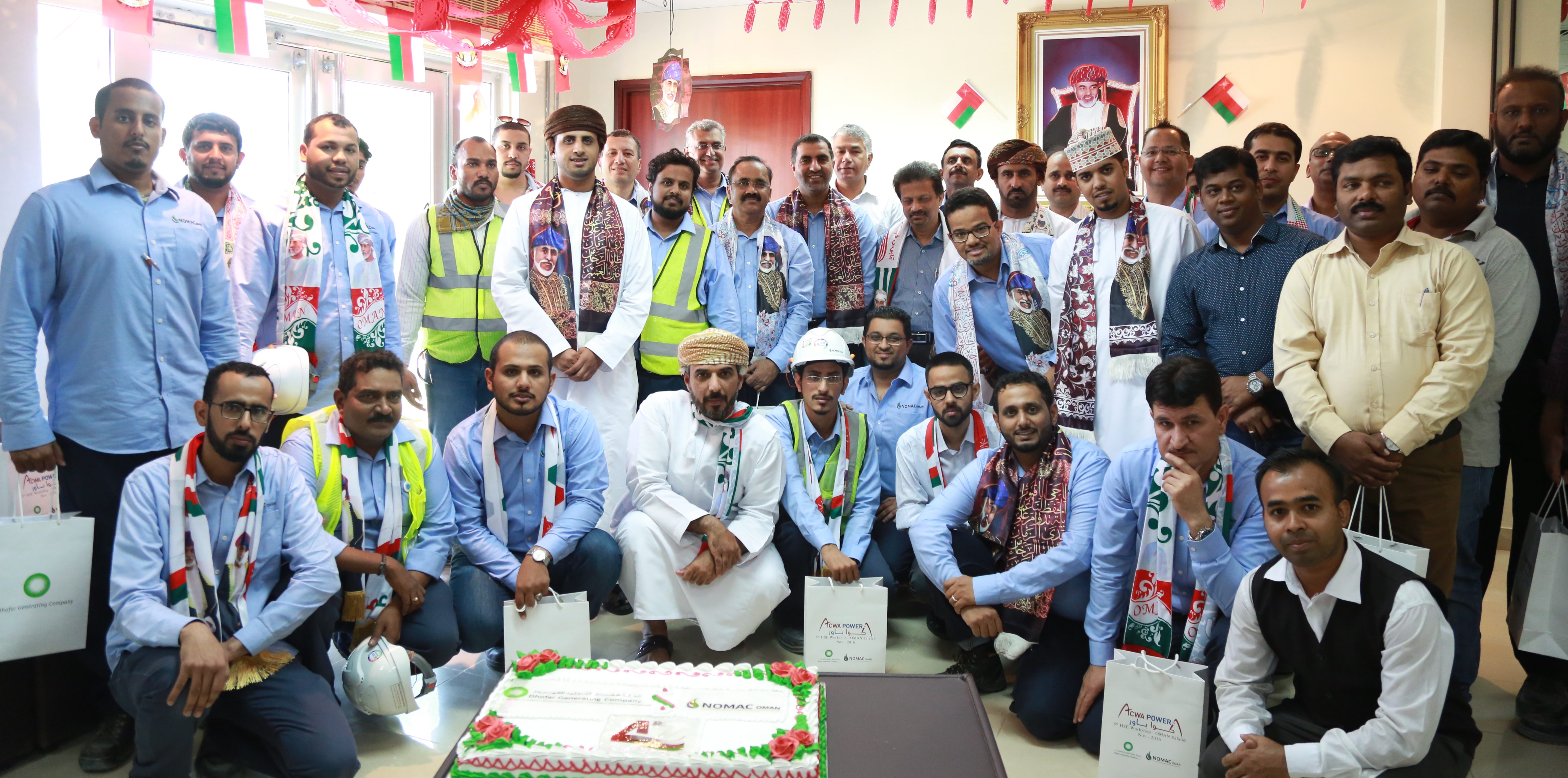
At DGC, safety is a core value that remains one of our top priorities. We are committed to the safety of our employees, our contractors and our local communities. Our safety programmes are designed to reinforce the safety culture among all personnel. We operate on the principle that all incidents are preventable if everyone completes each task safely. Our programmes engage everyone by incorporating safety measures specifically tailored for each of three targeted groups: department heads and managers, supervisors and engineers. Leadership plays an important role in making our incident and injury free workplace a reality. Leaders participate directly in coaching sessions, safety discussions, and workshops focused on ensuring safe and secure operations.
Another channel of direct management engagement is the DGC HSE (Health, Safety & Environment) Committee chaired by the CEO. This committee discusses the monthly HSE highlights, major incidents, and lessons learned, and conducts monthly site visits. The Committee also organises forums in which operators and maintenance personnel meet to discuss areas of mutual safety concern and share experiences. This is also supported by a network of safety champions and coaches that are embedded in all assets and in all shifts.
At an operational level, DGC and O&M has an integrated management system that covers HSSE and has been certified to the ISO and OHSAS standards since 2017. We perform an annual occupational health check-up for at risk operational employees covering a range of parameters, including lung tests and audio tests.
DGC and O&M offers rewards programs to motivate stakeholders to abide by the company’s HSSE policies. They include recognition, bonuses and cash incentives for good performance and rewarding reporting of near-misses. We believe that incentives combined with a zero-tolerance enforcement of standards are instrumental in driving HSSE in action and fostering a safety culture across DGC.

The Company is a responsible corporate citizen as it focuses in providing clean and reliable power. The scope of the policy includes: Practical financial assistance, sponsored programs, free products and services to a wide range of educational, charitable, cultural, health, community and environment causes in Oman, and community support through sponsorship of worthy initiatives in the field of education.
